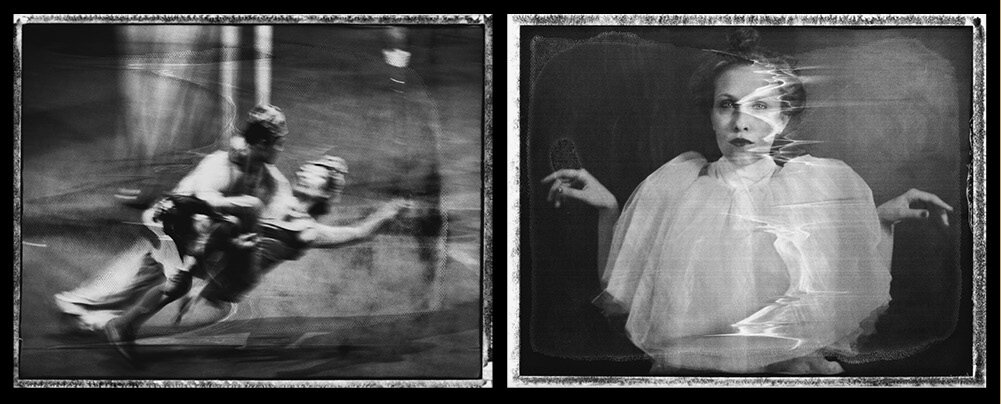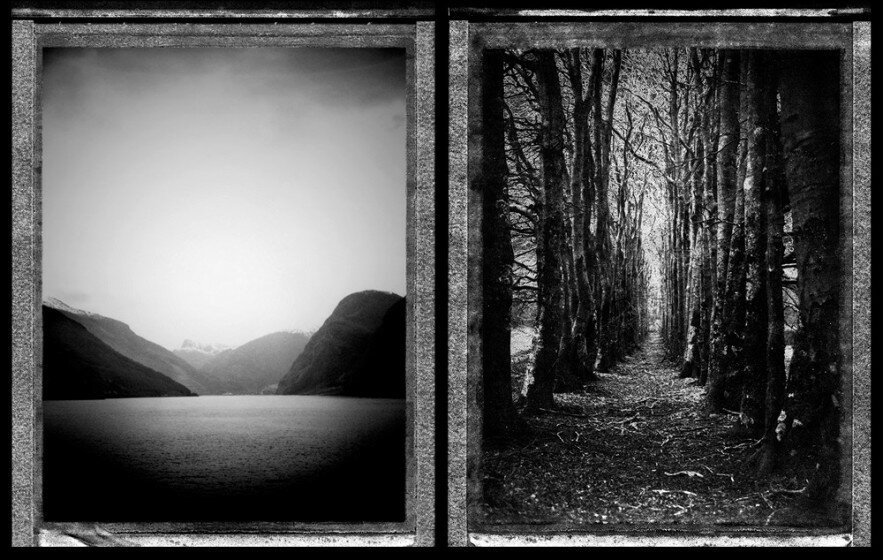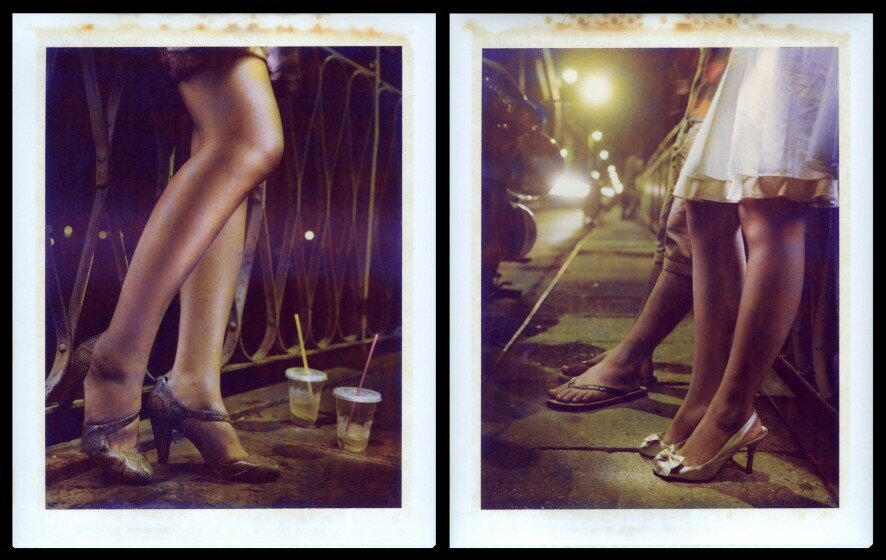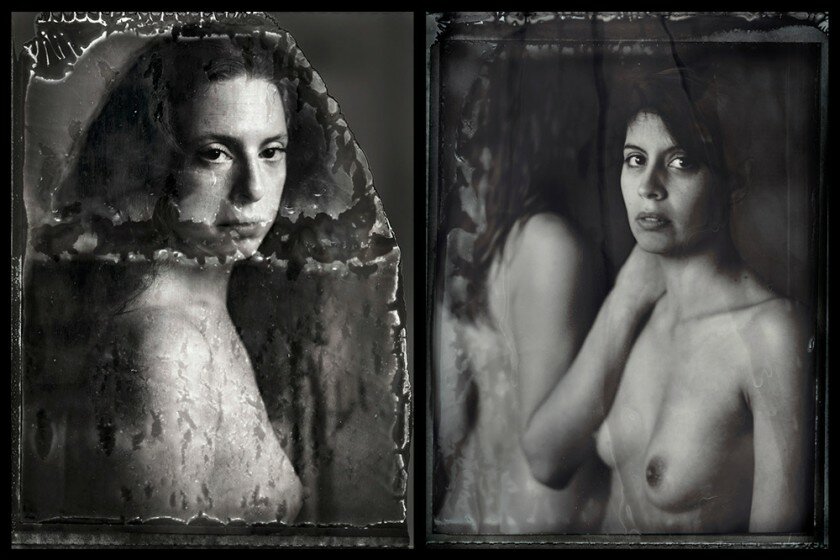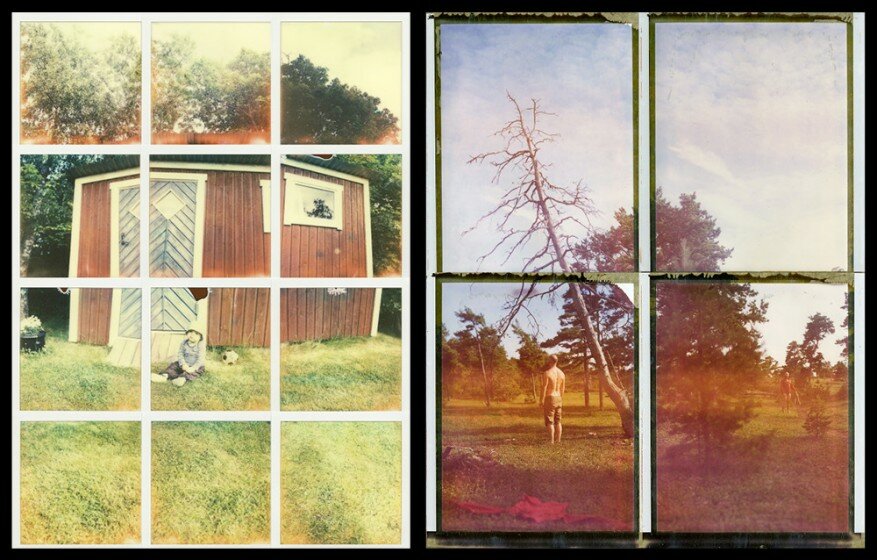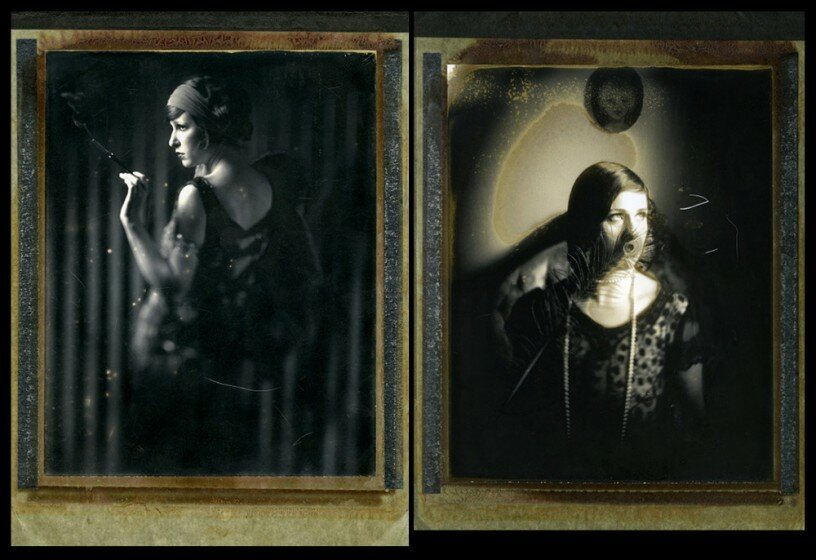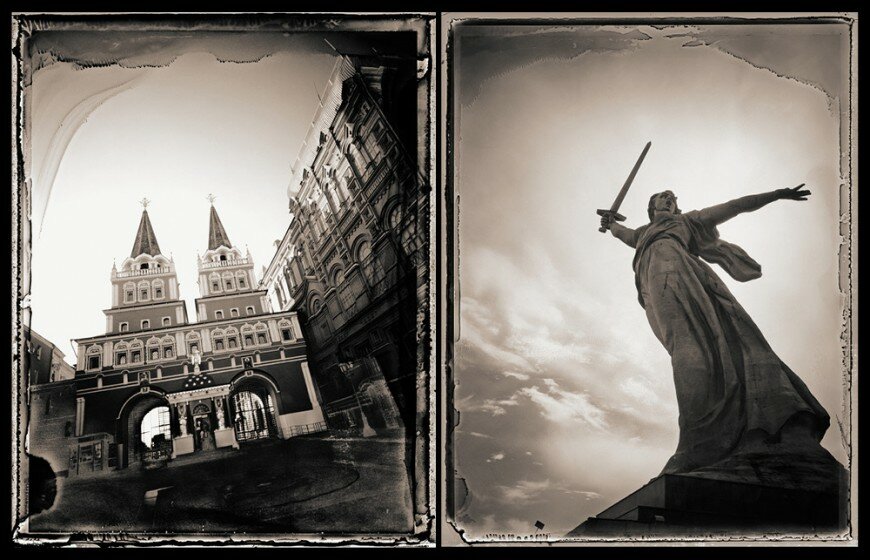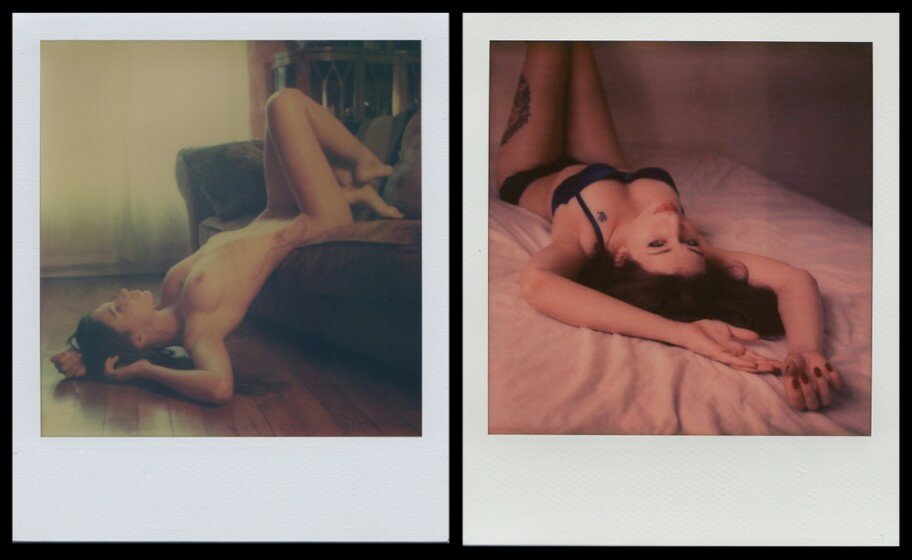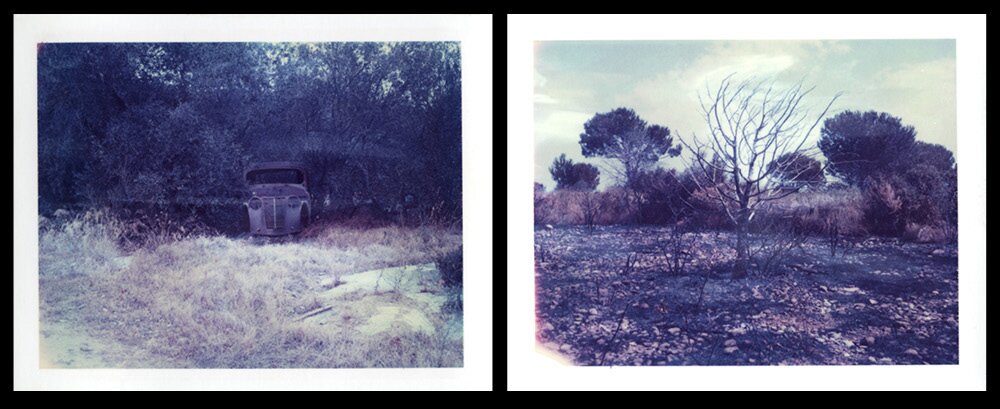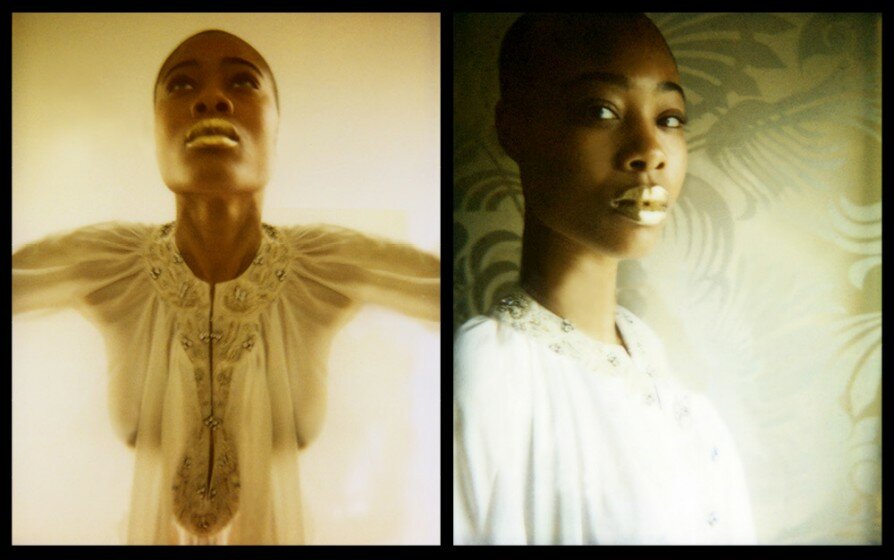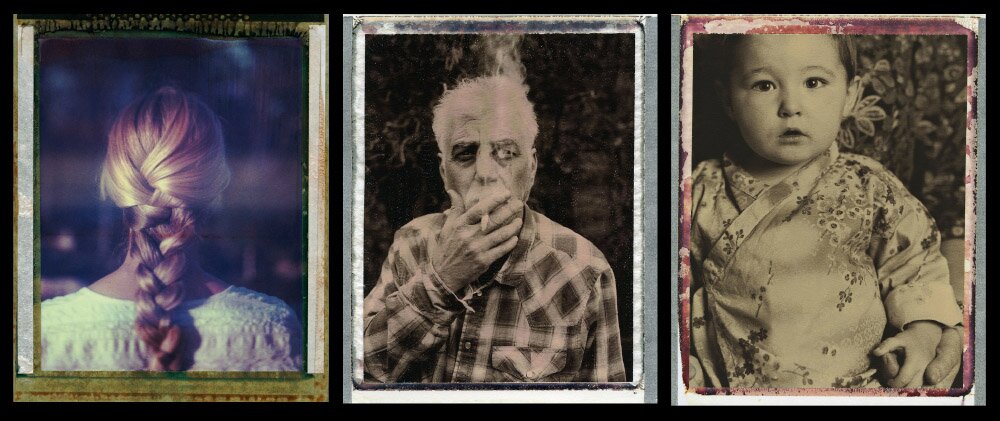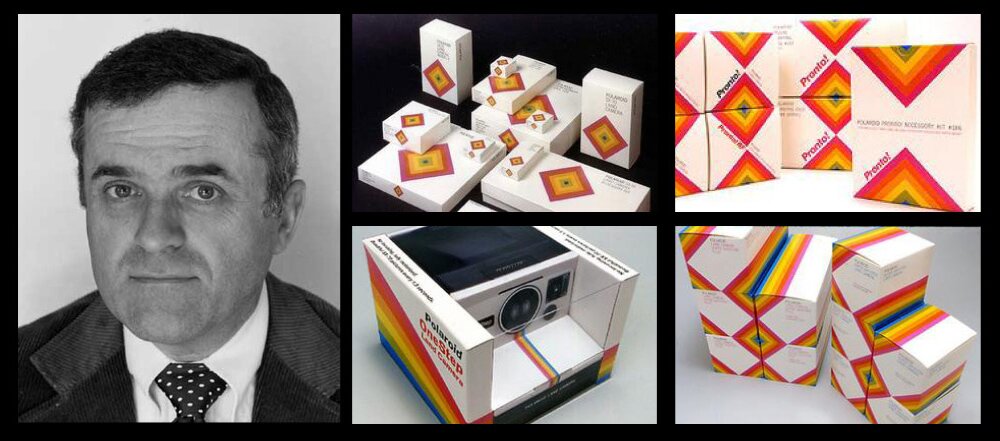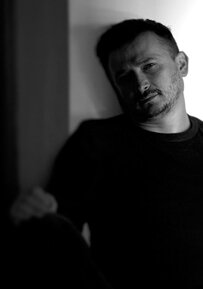INSTANT PHOTOGRAPHY by Denis Pleić
“Instant photography” (or “Polaroid photography”, a term often used as a synonym, after the company that commercially manufactured the instant photography materials and cameras) refers to photographic process invented by Edwin H. Land (1909-1991), which was able to “… produce a finished positive print, directly from camera, immediately after exposure.”[1] In 1947, Edwin Land demonstrated his one-step instant camera and film at a meeting of the Optical Society of America. Less than two years later, in November 1948, the Polaroid Camera Model 95 and Type 40 Land film were on sale in USA, as the first commercially produced instant photography system. The real innovation of Land’s system was that it represented the first entirely contained self-processing system. As the exposed Land film was pulled from the camera, it was pressed between a pair of steel rollers. The rollers ruptured a ‘‘reagent pod’’ of developing chemicals and spread them between the negative and positive layers. This initiated a diffusion transfer process (developing both negative and positive images simultaneously) and stabilized the image. In less than one minute the negative layer could be peeled away and discarded leaving a richly detailed finished positive print.[2]The first Polaroid instant film materials were black and white, and during the 1950s, the Polaroid company developed faster versions of black-and-white films, positive-negative and high-contrast films for professional use, and transparencies. In 1963, however, they introduced Polacolor instant color films, and in 1972 came another breakthrough: a true “absolute one-step photography” with the Polaroid SX-70 camera and its integral instant film in the 3¼” × 4¼” format, which is nowadays almost a synonym for instant photography, particularly in its creative and artistic applications. The Polaroid SX-70 camera was a technological breakthrough in its own right: it remains a unique design to this day, and a later model (SX-70 Sonar OneStep, 1978) was also the first autofocus SLR camera, using the Polaroid Sonar AF system. Polaroid instant film was manufactured by Kodak from 1963 to 1969, when Polaroid started making its own film. After the success of Polaroid’s SX-70 camera and its integral film, Kodak launched its own version in 1976, but was sued by Polaroid for patent infringement, and had to stop its instant film production in 1986. Another instant film manufacturer is Fujifilm: unlike Polaroid and Kodak, at the time of this writing (2011), it still makes instant film materials in the form of pack film in various formats and integral films (Instax series and ACE series materials). After the closing of the Polaroid film factories in 2008, Florian Kaps, an Austrian entrepreneur and Polaroid enthusiast, and André Bosman, until then the engineering manager of the Polaroid plant in Enschede, The Netherlands, decided to find a way to bring back the Polaroid photography. They started the Impossible Project with the goal of continuing the production of instant film. In 2010 the Impossible Project introduced its first new instant films: first black and white, and then a new color materal. Nowadays the only available instant film material comes from Fujifilm, and, to a much lesser degree, from Impossible Project. However, a group called New55project annunced in 2010 that it will try to produce a high quality instant material in 4×5 and 8×10 sizes, similar to Polaroid’s long discontinued Type 55 P/N film.
[1] Land, Edwin H. “A New One-step Photographic Process”, Journal of the Optical Society of America, 37, no. 2 (1947).
[2] Encyclopedia of Twentieth-Century Photography, Lynne Warren Ed., New York, Routledge/Taylor & Francis Group, (2006).
